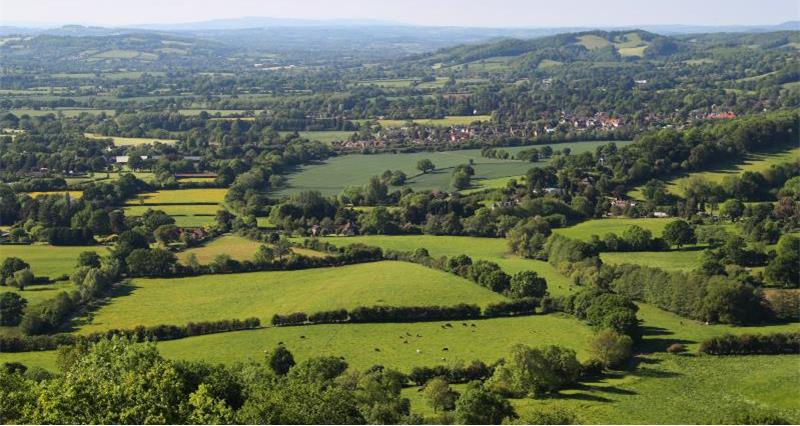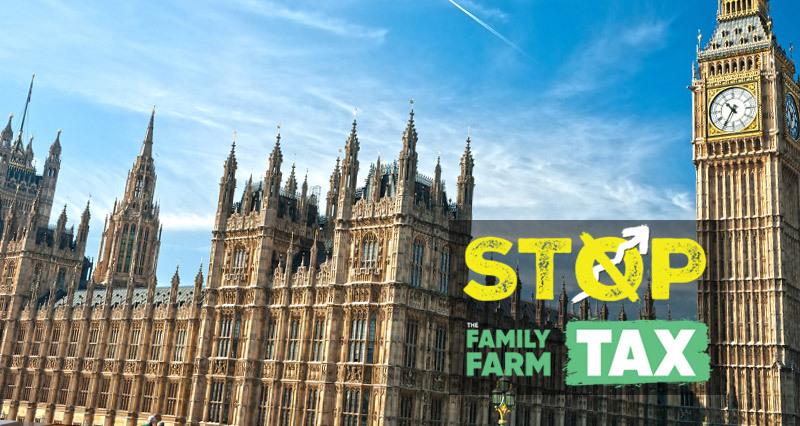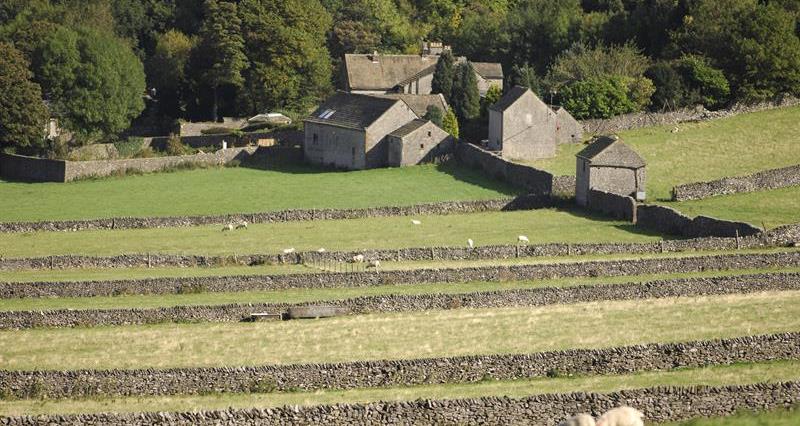Public money for ELMs, flood management, biosecurity and a raft of other agricultural schemes in the future is announced by the government as part of a process called the Spending Review.
Needless to say, the NFU has been consistently representing the interests of British farming at all levels of government ahead of, and during, this process.
The Spending Review, which belongs to the Treasury and is ultimately headed up by the Chancellor Rachel Reeves (pictured above), sets out the government’s plans to tax and spend until around 2030.
Each government does this slightly differently, but it tends to be tied to a rhythm of ‘fiscal events’ in the Spring and Autumn (more on this below), where the Chancellor makes a speech in Parliament that includes decisions made on taxation and government spending.
Spending vs taxing
The Autumn Budget, announced in October 2024, was the first phase of the Spending Review and was most well-known in our industry for the announcements around plans to change inheritance tax rules for farming families.
It also set departmental budgets, including Defra’s, until 2026.
In short, this balances the total spending which the government is expected to have in future years against relevant tax policies to raise that money.
This is why the government announced the agricultural property relief policy in the Autumn.

The Chancellor also confirmed her ‘’ that will direct all the work of the Treasury.
This includes how much money she is willing to borrow, and how she wants to balance taxation and spending. We can expect this to be an important part of future spending announcements, relative to the context of the economy at the time.
A changing economic outlook
The Spring Statement took place on 26 March 2025.
The government has committed to having only one big speech per year on Treasury matters.
Therefore, it was unlikely (although not impossible) that many new policy announcements, including the changes the NFU is lobbying for on the family farm tax, would have been announced here.
Instead, the Chancellor largely gave an update on the state of the economy, confirming that the previously forecast growth figures had reduced for 2025 before slightly rising in subsequent years.
Defra cuts?
Alongside other factors, if growth rates are not going up, then the level of tax raised won’t be high enough to cover spending that has previously been committed.
So, to stay within the ‘fiscal rules’, the Chancellor had to either raise taxes or cut spending. This was why there was speculation around potential further cuts within Defra, which could have been found from existing programmes, putting agricultural spending at risk.
Instead, the Chancellor set out plans to reduce welfare spending and a 15% cut to civil service running costs by 2029.
She also announced a new £3.25bn Transformation Fund to modernise public services through technology and artificial intelligence, aiming to invest now to reduce costs in the long term.
NFU action
�ʼһ���has consistently been on the front foot when it comes to explaining to the government the investment needed for British farming businesses to thrive.
This was set out in our general election manifesto which we launched in December 2023 and our research clearly showed why an annual agricultural budget of £4 billion is needed to meet government commitments on environment and drive productivity.
We’ve continued making the case to government since then and, ahead of the Spring Statement and Spending Review this year, NFU President Tom Bradshaw wrote to the Chancellor with a detailed submission regarding a new deal for British farmers.
Spending until 2030
The Spending Review is expected to conclude in June.
The Chancellor has described this as the end of ‘part two’.
We expect there is likely to be a speech from the Chancellor, setting out how the total government spending (announced in the Autumn Budget) will be spent between 2027 and 2030.
This will cover all spending across government priorities, such as education, NHS, infrastructure and of course agriculture. This includes money spent on departmental staff (including government agencies such as the RPA), day-to-day spending such as ELMs, and capital spending such as border biosecurity infrastructure.
Given this is a new government under a challenging economic climate, there is potential for there to be significant changes to previous commitments and funds. The government could decide to take an entirely new approach from the previous government, although on farming issues Defra has made broad commitments to maintain key priorities such as ELMs.
There is still the possibility for these budgets to be substantially reduced, impacting investment in the sector.
Between now and June, all departments will have to submit their budget requests to Treasury and negotiate with the Chancellor.
�ʼһ���will continue to ramp up its efforts in lobbying the Treasury and Defra to secure our priorities across any and all government spending and raising awareness about the importance of government investment in food security and farming businesses.



